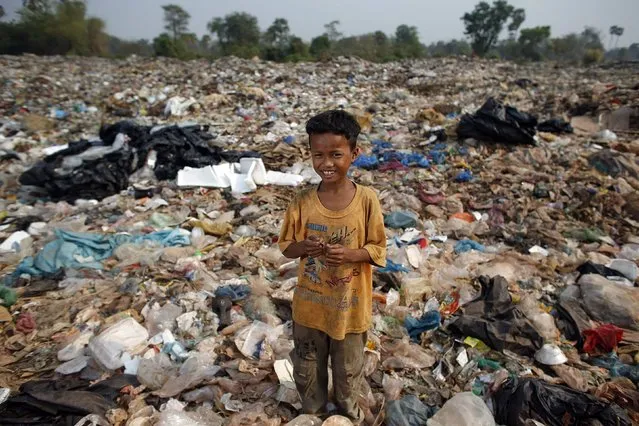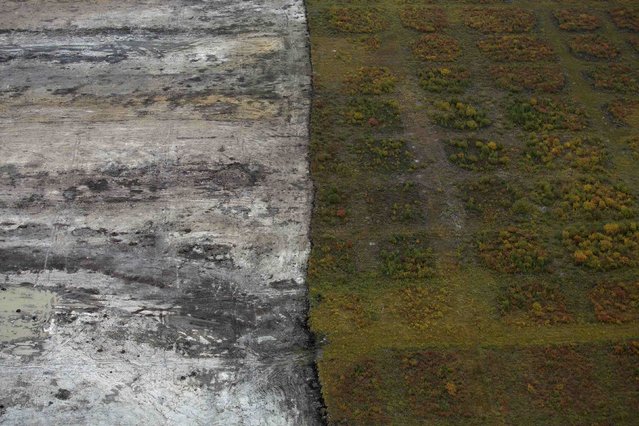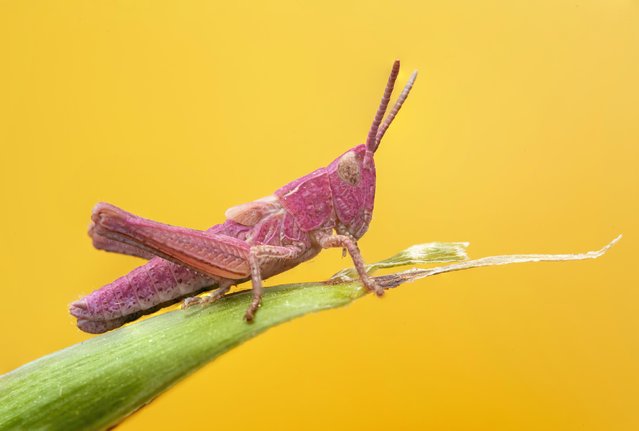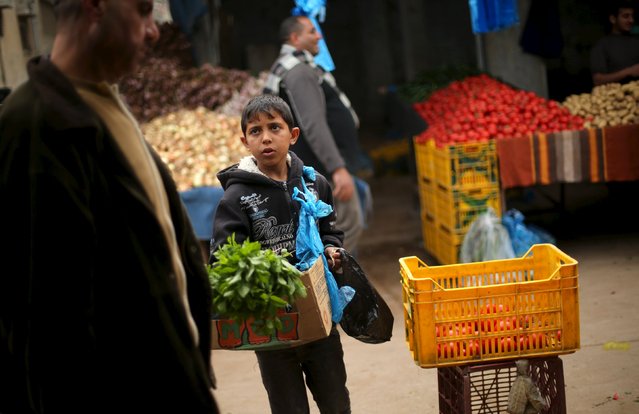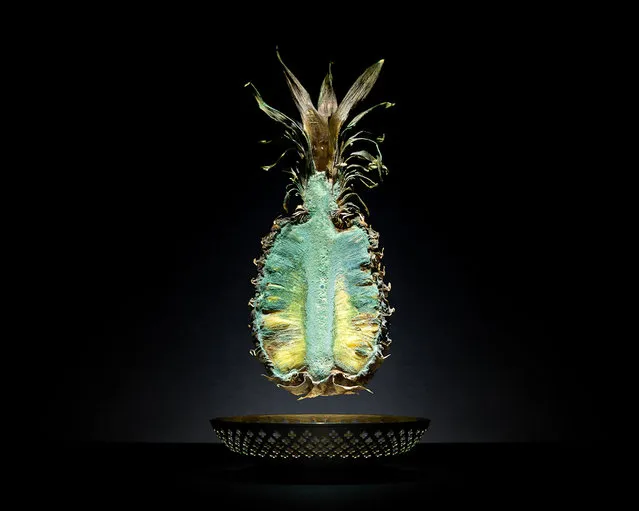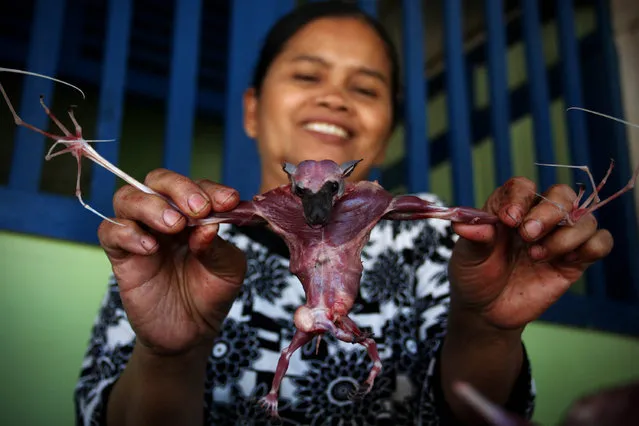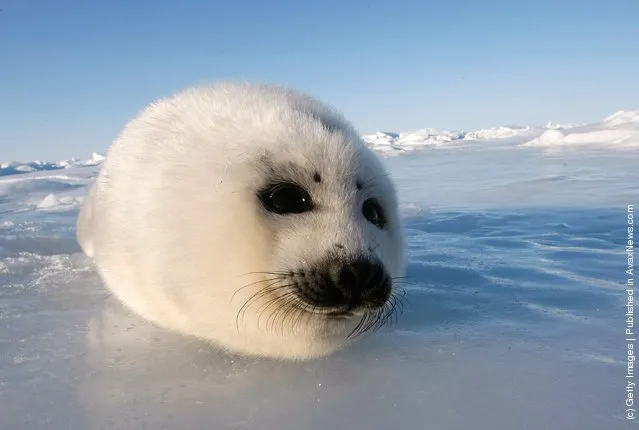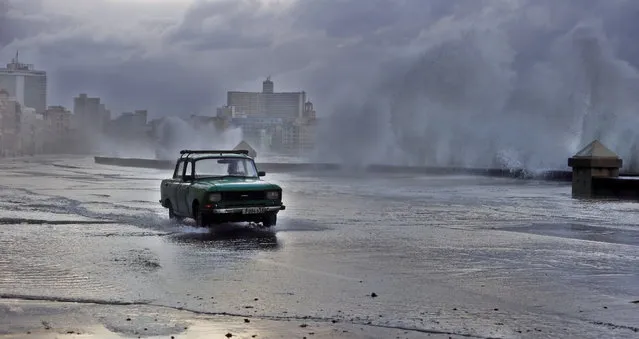
A car passes through an area of the boardwalk hit by strong waves in Havana, Cuba, 05 February 2024. The Cuban Institute of Meteorology (Insmet) recorded strong gusts of wind of up to 104 kilometers per hour and strong waves in the west of the island due to a cold front associated with an “extratropical low”. (Photo by Ernesto Mastrascusa/EPA)
09 Apr 2024 05:44:00,post received
0 comments

